Forex trading, or foreign exchange trading, has become increasingly popular in South Africa as a way to potentially generate income. However, for newcomers to the forex market, the array of specialised terms can be overwhelming. Understanding these terms is crucial for navigating the market successfully and making informed trading decisions. In this two-part series, we will explain some of the most important forex trading terms to help you get started.
Forex broker
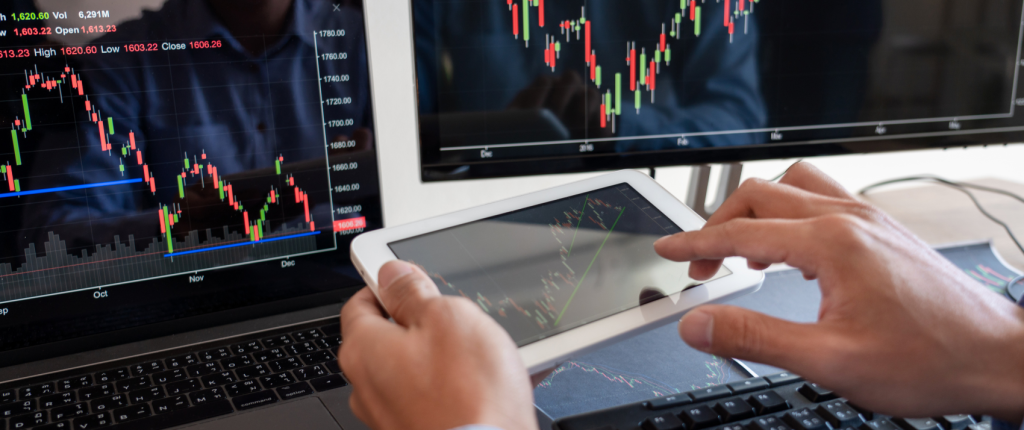
A forex broker is a financial services company that provides traders with access to a platform for buying and selling foreign currencies. Brokers act as intermediaries between the traders and the interbank system, where forex transactions are processed. Choosing a reputable broker is vital, as it ensures secure transactions, reliable customer support, and access to necessary trading tools and resources. Look for brokers regulated by the Financial Sector Conduct Authority (FSCA) in South Africa, to ensure credibility and security.
Currency pair
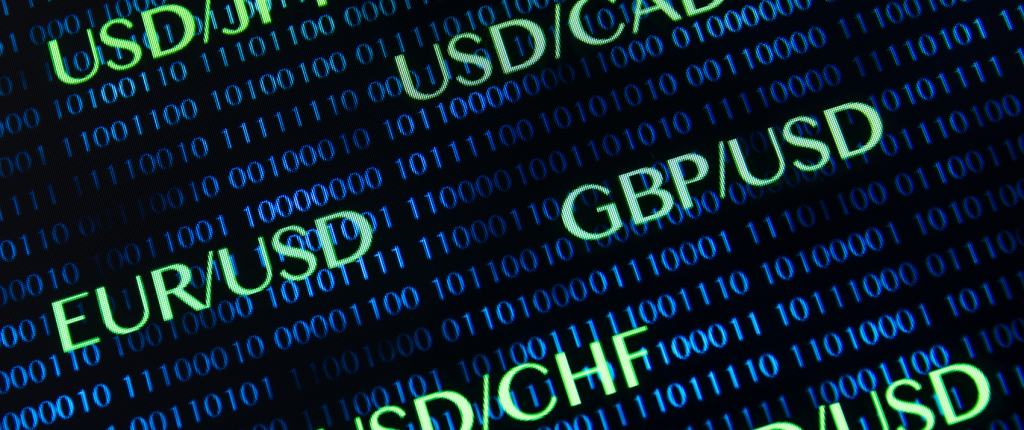
In forex trading, currencies are quoted in pairs, such as EUR/USD or USD/JPY. The first currency in the pair is the base currency, and the second is the quote currency. The currency pair shows how much of the quote currency is needed to purchase one unit of the base currency. For example, in the pair EUR/USD, if the quote is 1.20, it means 1 Euro is equal to 1.20 US Dollars. Understanding currency pairs is fundamental, as it allows traders to analyse exchange rates and make informed trading decisions.
Bid and ask price
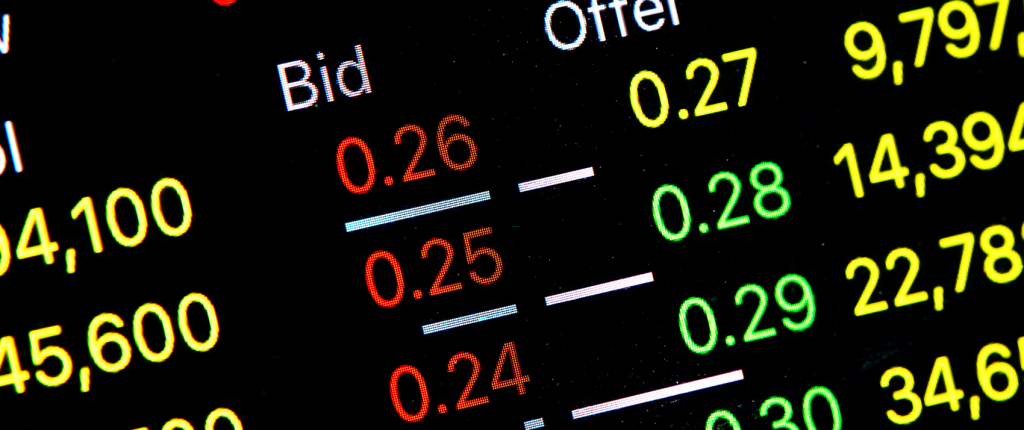
The bid price is the price at which a broker is willing to buy the base currency in exchange for the quote currency. Conversely, the ask price is the price at which a broker is willing to sell the base currency in exchange for the quote currency. The difference between the bid and ask prices is known as the spread, which represents the broker’s profit from the trade. A smaller spread typically indicates a more favourable trading environment, as it reduces the cost of entering and exiting trades.
Leverage

Leverage in forex trading allows traders to control a larger position with a relatively small amount of capital. It is expressed as a ratio, such as 50:1 or 100:1, meaning you can trade 50 or 100 times the amount of your initial investment. While leverage can amplify profits, it also increases the risk of significant losses, making it essential to use leverage cautiously. Traders should fully understand the implications of leverage and implement robust risk management strategies to mitigate potential downsides.
Margin

Margin is the amount of money required to open and maintain a leveraged trading position. It acts as a good faith deposit to cover potential losses. There are two main types of margin: initial margin (the minimum amount needed to open a position) and maintenance margin (the amount needed to keep the position open). If the account balance falls below the maintenance margin, the broker may issue a margin call, requiring the trader to deposit more funds or close positions to cover the shortfall. Proper margin management is crucial to avoid forced liquidation of positions and significant financial loss.
Pips

A pip (percentage in point) is the smallest price move that a given exchange rate can make based on market convention. For most currency pairs, a pip is equivalent to 0.0001 (one-hundredth of one percent) of the quote currency. For example, if the EUR/USD pair moves from 1.2000 to 1.2001, it has moved one pip. Pips are used to measure price movements and calculate profits and losses. Understanding pips is essential for evaluating market fluctuations and determining potential returns or losses on trades.
Spread
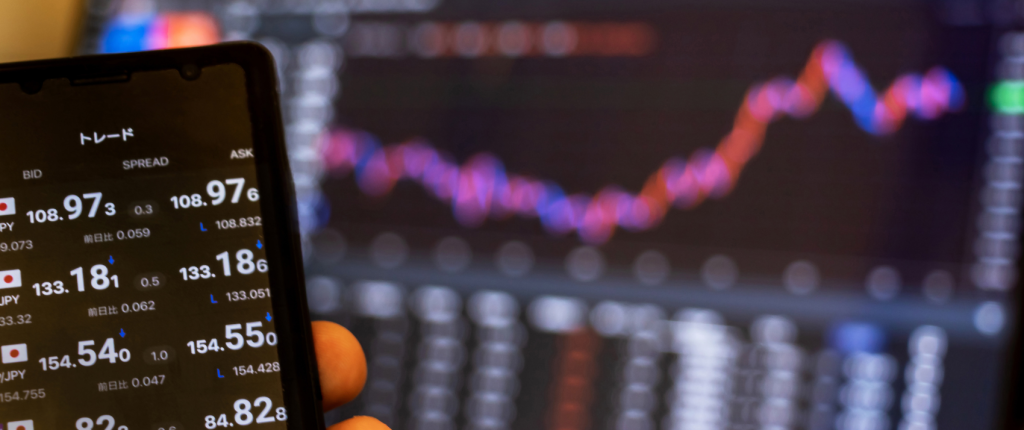
The spread is the difference between the bid and ask prices of a currency pair. It represents the cost of trading and is usually measured in pips. Brokers may offer fixed or variable spreads, depending on market conditions and the type of trading account. Traders should compare spreads across different brokers to ensure they are getting competitive rates.
Lot size
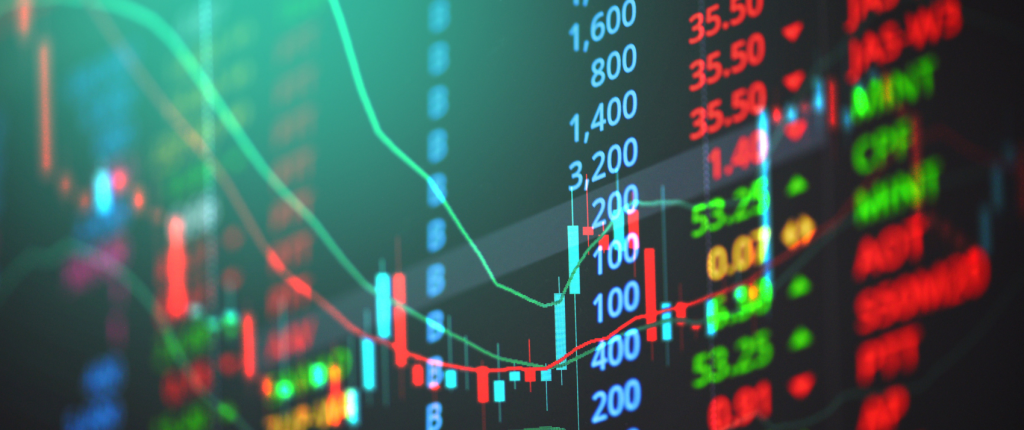
A lot is a standardised unit of measurement in forex trading. There are three common lot sizes: standard lots (100,000 units of the base currency), mini lots (10,000 units), and micro lots (1,000 units). The lot size determines the amount of currency being traded and influences the level of risk and potential profit or loss. Choosing the appropriate lot size based on your trading strategy and risk tolerance is crucial to effectively manage your position. Understanding these essential forex trading terms is critical for navigating the forex market effectively. By familiarising yourself with these concepts, you can make more informed trading decisions, manage risks better, and improve your chances of success in the dynamic world of forex trading. In the next article, we will delve into more advanced forex trading terms and concepts to further enhance your trading knowledge and skills.
Forex Trading Terms – FAQs
What is a Forex Broker?
A forex broker is a financial service provider that gives traders access to a platform for buying and selling foreign currencies. The broker acts as an intermediary between traders and the interbank system where forex transactions are processed. It’s crucial to choose a reputable and regulated broker for secure transactions.
What is a Currency Pair in Forex Trading?
In forex trading, currencies are always traded in pairs, like EUR/USD or USD/JPY. The first currency is the base currency, and the second is the quote currency. The pair shows how much of the quote currency is needed to buy one unit of the base currency.
What is the Bid and Ask Price in Forex?
The bid price is the price at which a broker is willing to buy a currency, while the ask price is the price at which the broker will sell it. The difference between the bid and ask price is called the spread, which represents the broker’s profit.
What is Leverage in Forex Trading?
Leverage allows traders to control larger positions with a small amount of capital, often expressed as ratios like 50:1 or 100:1. While leverage can increase potential profits, it also heightens the risk of significant losses.
What is Margin in Forex?
Margin is the minimum amount of money required to open and maintain a leveraged position. If the account balance falls below the required maintenance margin, the trader may face a margin call, requiring additional funds to keep positions open.
What is a Pip in Forex?
A pip (percentage in point) is the smallest price move in the forex market, typically equal to 0.0001 for most currency pairs. Pips are used to measure price movements and calculate profits and losses in trades.
What is the Lot Size in Forex Trading?
Lot size refers to the volume of a forex trade. Standard lots consist of 100,000 units, mini lots 10,000 units, and micro lots 1,000 units. Selecting the appropriate lot size based on your risk tolerance is essential for successful trading.







